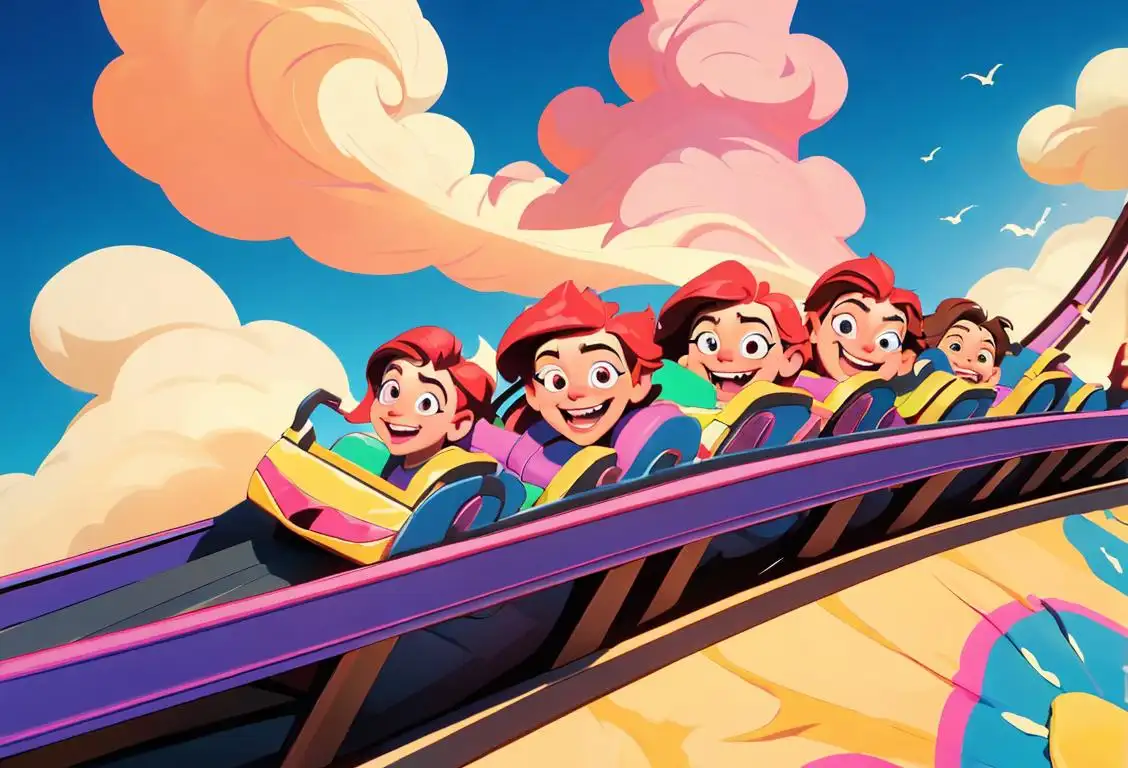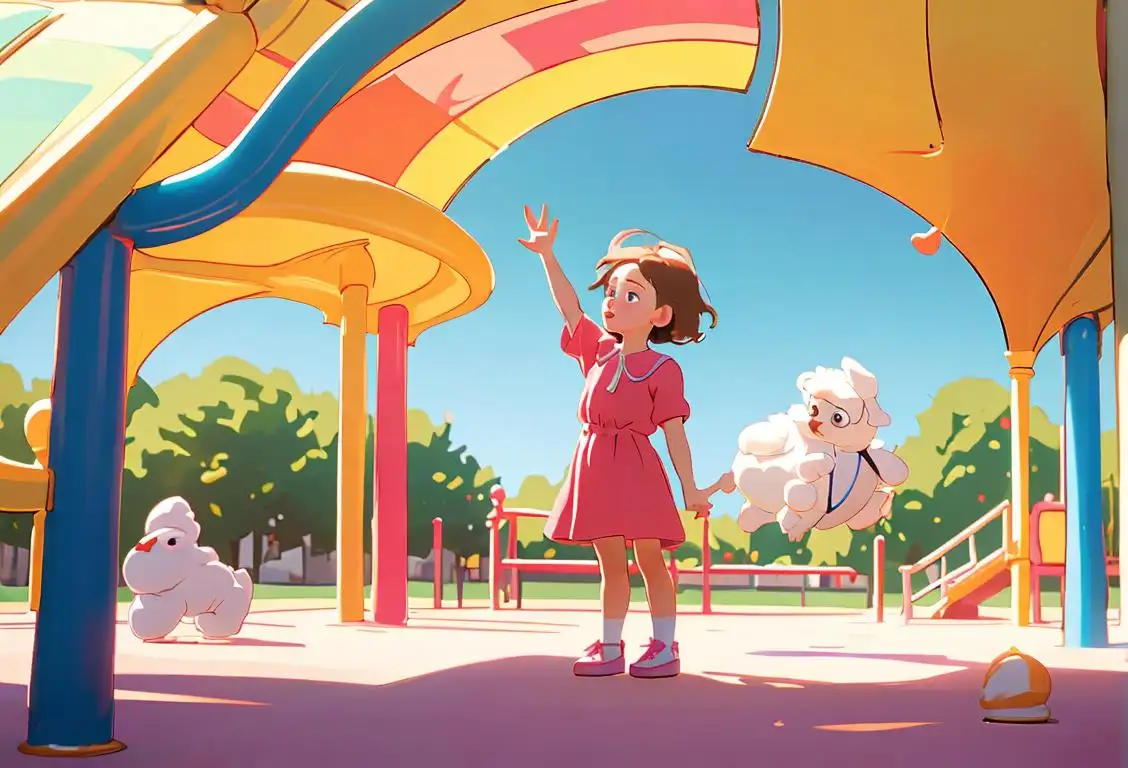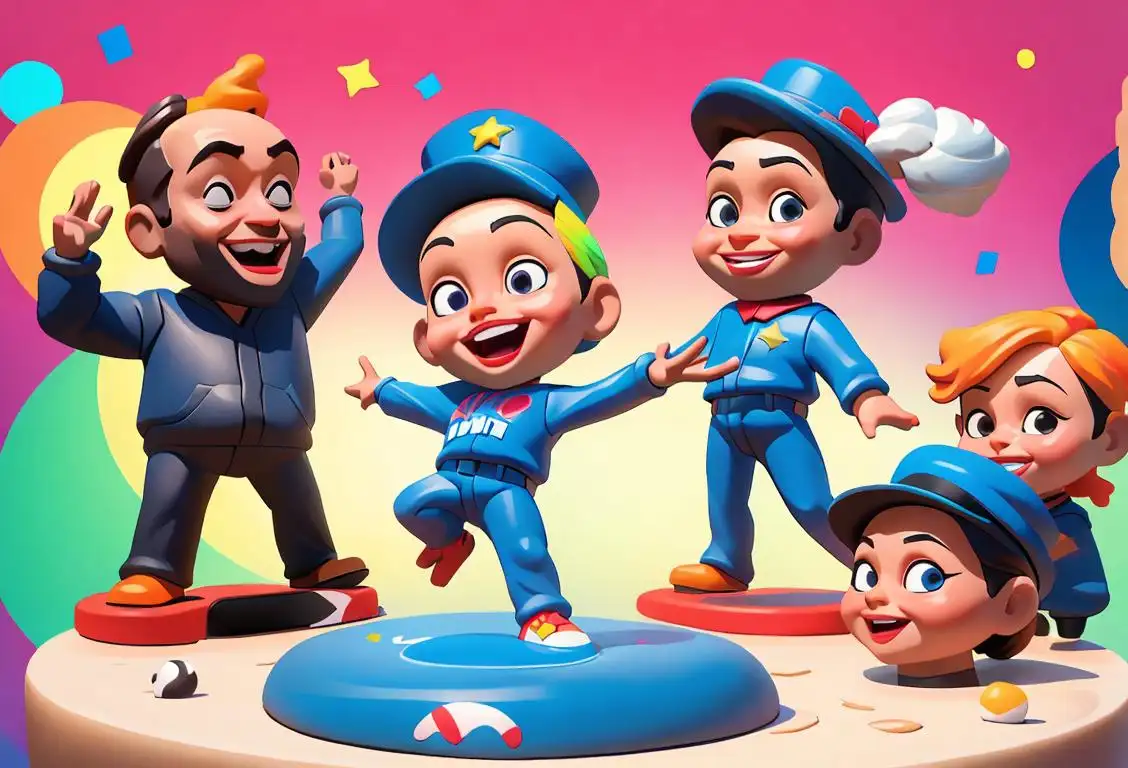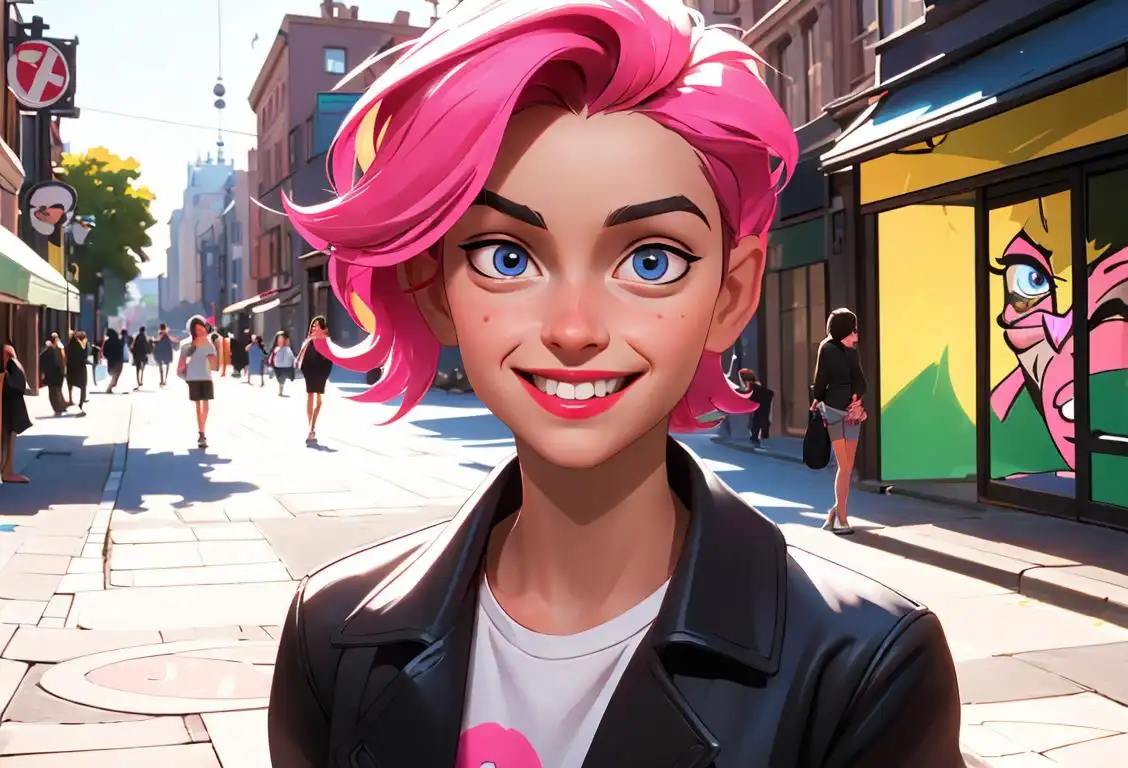National Roller Coaster Day

Whoooosh! Welcome, thrill-seekers, adrenaline junkies and everyone who appreciates the fine art of a good scream. Bend your knees, hold on to your hats, because we're about to dive into the dizzying world of National Roller Coaster Day. A day praised by some, feared by others, but always marked by that heart-stopping moment when you're about to plummet from a terrifying height! And the best part? It absolutely does not require to be brave enough to ride the real thing. A virtual roller coaster ride is equally welcome!
When is Roller Coaster Day?
It's national roller coaster day on the 16th August.
History of National Roller Coaster Day
As tightly locked as those seatbelts on a particularly treacherous loop, the history of National Roller Coaster Day is intertwined with the construction of the very first roller coasters. Falling on the 16th of August, the day celebrates the birth of roller coasters as we know them today. How are they born you ask? Well back in 1898, a daredevil and a dreamer named Edwin Prescott ‘threw caution to the wind’ and patented a certain, 'vertically-looping apparatus' better known as a roller coaster.
The point of this story, dear readers, is not to glorify the recklessness of adrenaline-addicted inventors, but to highlight the spirit of innovation, the pursuit of joy and the pure scream-inducing exhilaration that is a roller coaster ride!
How do we celebrate this day?
Strap on your seatbelts and raise your hands if you're ready to celebrate National Roller Coaster Day! The most popular way to pay homage to this day? Either take a virtual 360-degree roller coaster ride or brave the real thing! If you feel your heart flutter like a trapped bird just at the thought, fear not! You can also celebrate the day by sharing your most hilarious roller coaster photos, or tagging your friends in roller coaster challenges!
Don't worry, we'll be there with you every stomach-churning spin, every exhilarating dip, every scream-filled surprise. Because here at WhatNationalDayIsIt.com, we love to celebrate with a little bit of adrenaline pumping, hair standing, and thrill-seeking fun!
History behind the term 'Roller Coaster'
1884
Birth of the Switchback Railway
In 1884, the first roller coaster-like attraction called the Switchback Railway opened at Coney Island, New York. It was designed by LaMarcus Adna Thompson and was a simple wooden track with two parallel tracks. Passengers would ride in a bench-like car and were propelled by gravity alone, reaching a speed of around 6 miles per hour.
1885
The Coaster Name Emerges
The term 'roller coaster' was first coined in 1885 when the Switchback Railway became extremely popular. People began referring to the attraction as a 'roller coaster' due to the thrilling sensation of the ride. This term quickly caught on and became the standard name for such amusement park attractions.
1887
The Gravity-Powered Leap Forward
In 1887, Philip Hinkle introduced a major innovation to roller coasters by adding a lift hill. This steep incline at the start of the ride allowed the cars to be lifted to a higher point and gain potential energy. They could then race down the tracks at faster speeds, providing riders with even more thrills and excitement.
1919
Dips and Twists
John A. Miller, a renowned designer and engineer, made significant contributions to roller coaster technology in the early 20th century. In 1919, he introduced the first coaster to feature a vertical loop, known as the Flip Flap Railway. Miller also introduced banked turns, drops, and other thrilling elements that allowed for faster and more dynamic rides.
1959
Steel Takes Over
The widespread use of steel in roller coaster construction began in 1959 with the introduction of the Matterhorn Bobsleds at Disneyland. This marked a significant shift from the previous wooden tracks to more durable and versatile steel structures. Steel coasters allowed for smoother rides, faster speeds, and more intricate designs.
1972
The Birth of the Corkscrew
In 1972, Arrow Development introduced the world's first modern inverting roller coaster, the Corkscrew. This groundbreaking coaster featured a double inversion, turning riders upside down twice during the ride. The Corkscrew paved the way for the development of more complex and thrilling inverted roller coasters in the years to come.
1996
The Tallest and Fastest
In 1996, the world saw the debut of the tallest and fastest roller coaster at that time, the Superman: The Escape at Six Flags Magic Mountain. It reached a height of 415 feet and accelerated from 0 to 100 miles per hour in just 7 seconds. This marked the beginning of an era where designers pushed the limits of speed, height, and intensity in roller coasters.
Did you know?
Did you know the fastest roller coaster in the world is the Formula Rossa in Ferrari World, Abu Dhabi, which reaches speeds of up to 149.1 mph? Don't drop your ice cream!Tagged
awareness fun loved ones rememberance sportsFirst identified
6th August 2015Most mentioned on
16th August 2018Total mentions
7458Other days
Reach As High As You Can Day
Action Day
Opposite Day
Disability Day
Memorial Day
Bobblehead Day
Happiness Day
Cancer Survivors Day
Trivia Day
One Day









